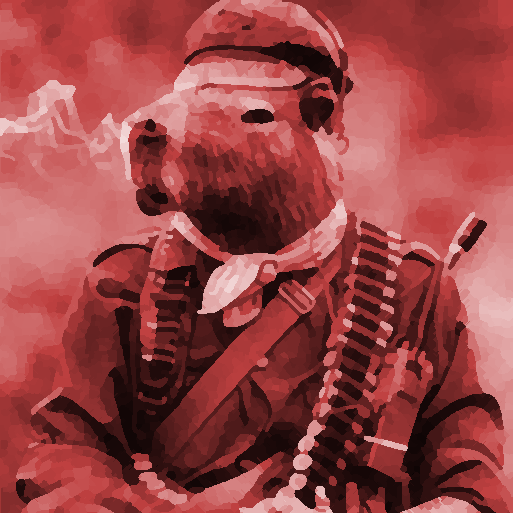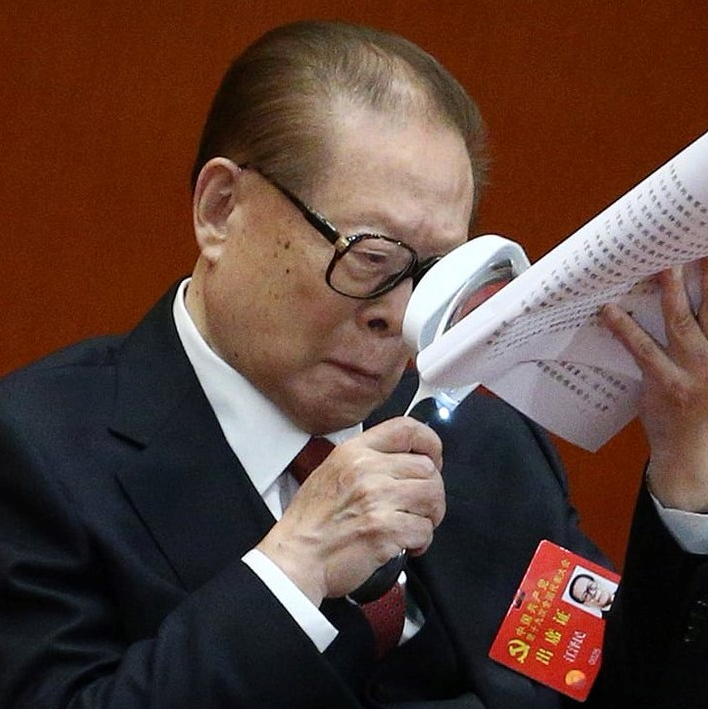The goal of this post is to collect a list of useful sources regarding NATO in general, as well as the context of the war in Ukraine, to be used to educate new leftists or anyone else who needs it.
If you comment, please include sources as well as a brief description of each source’s contents. Ideally, use bourgeois sources that the average Western “left-leaning” liberal would consider trustworthy to highlight changes in reporting over the years.
I appreciate all the comments so far. I’m working on summarizing everything, and it’ll probably take a while, but you can still direct people here to look at the sources in the comments.


This source is useful in the sense it’s straight from the horse’s mouth itself. Since it’s from a journal from west point in the united states talking about ukraine as a nexus for nazis. It says some interesting things in part two of it, that I’ll highlight below. It kind of goes over things broadly of far right extreminism/nazis and then talks about nazis. Of course it purposefully ignores the u.s role in fermenting nazis and also has to talk about russia, but it does talk about nazis in ukraine and ukraine support of them like in part 2, and the international role that gets played to an extent but the article downplays things. It is best used in conjugation with other sources.
Just mainly useful in the sense that of the u.s military admitting to ukraine having nazis. Anyways it was published in 2020.
Archive ph/today link The Nexus Between Far-Right Extremists in the United States and Ukraine | Combating Terrorism Center at West Point, CTC Sentinel
just to share some highlights
Wow. Nice share.